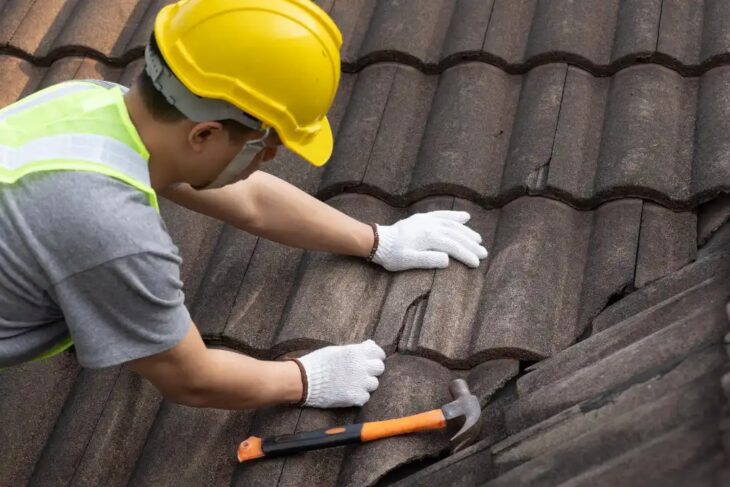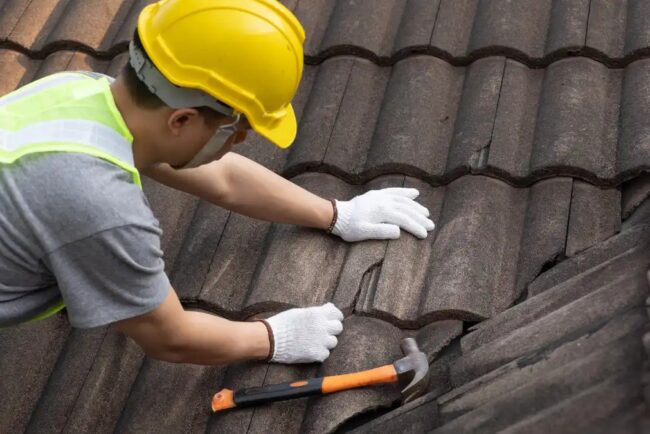
Getting familiar with resilient flooring doesn’t need to stretch your renovation budget. Gaining a solid understanding of the basics allows you to make better buying decisions, steer clear of expensive installation errors, and ensure your project supports sustainability targets. From materials to installation methods, the right know-how can make all the difference, especially when navigating the evolving world of flooring design.
This guide outlines practical ways to get familiar with resilient flooring without overspending.
Start with Free Educational Resources from Industry Bodies
Various building and interior design associations release reports, guides, and webinars covering materials, specifications, and performance data. Though these resources are primarily aimed at professionals, they’re just as useful for anyone looking to grasp the fundamentals of resilient flooring. Prioritise content that covers vinyl, linoleum, rubber, and similar resilient materials, many of which offer comparisons in pricing, durability, and upkeep. Make it a habit to browse these sources monthly as standards and trends shift quickly.
Watch Technical Walkthroughs Instead of Paid Classes
Online tutorials are a treasure trove for beginners. From manufacturer channels to trade professionals, many offer technical walkthroughs at no cost. These videos often show step-by-step installation, product reviews, and repair techniques, allowing you to observe real-life challenges and results. They also explain the purpose of wearing layers, subfloor compatibility, and moisture control in simple terms, saving you from overpaying for advice.
Visit Local Showrooms with Sample Areas
You may not be ready to make a purchase straight away, but visiting showrooms offers a valuable chance to experience finishes, textures, and comfort levels in person. Some even have demo floors where you can test resilient flooring under varying lighting conditions. Capture images, request brochures, and ask staff about how costs vary depending on installation methods or subfloor conditions. This kind of information allows you to weigh up product options more clearly before committing.
Tap Into Trade Forums and DIY Communities
Digital communities can provide a surprisingly wide pool of knowledge. Forums focusing on flooring installation, renovation, and DIY home improvement often share tips on affordable materials, suppliers, and even second-hand tools. Learn from others’ mistakes. Common discussions include issues like cupping, bubbling, or discolouration. This practical knowledge can help you sidestep avoidable costs during your flooring journey.
Reuse or Refinish When Feasible
If your project involves renovation, not a new build, don’t discard what’s already in place without a close inspection. In some cases, older resilient flooring types can be refinished or overlaid with minimal prep, reducing waste and expense. Even where full replacement is needed, some underlay or adhesive components may be salvageable. Check with flooring specialists on what can be preserved, then factor those savings into your material budget.
Learn the Basics of Sustainable Construction for Long-Term Value
Budgeting smartly isn’t only about spending less, it’s about investing wisely. By understanding the principles of sustainable construction, you can choose resilient flooring that has minimal environmental impact. For instance, options made with recycled content or that contribute to indoor air quality are better for future-proofing. These choices can lower lifetime costs through fewer repairs and better energy efficiency.
Compare Total Installed Costs, Not Just Material Prices
A lower price tag on a flooring type doesn’t always mean lower overall cost. Factor in installation labour, adhesives, subfloor prep, and maintenance. Certain resilient options, such as click-lock vinyl, can be installed with minimal expertise, while others, like sheet materials, typically require a trained installer. Understanding this in advance helps you allocate funds where they matter and avoid last-minute surprises.
Attend Industry Events with Free Entry or Open Days
Occasional expos, building material fairs, and trade shows welcome walk-ins or offer free-entry days. These events showcase emerging products and installation innovations, letting you engage directly with experts. Some booths even provide demonstrations or mini-workshops. These events help build your understanding of resilient flooring, especially how it integrates into larger themes like sustainable construction or space optimisation.
Use Digital Floor Visualisers to Test Designs Before Committing
Many flooring companies now offer online tools that let you upload a photo of your room and preview different flooring options. These tools often allow you to toggle between styles, textures, and even laying patterns. Digital visualisers help you test out styles and layouts in advance, reducing the risk of disappointment or costly changes once work begins.
Consult Professionals Before the Final Purchase
Speaking with flooring professionals early on can help you avoid mismatched choices and ensure your selections meet wider project needs. Informed suppliers can advise on the best type of resilient flooring for your needs and flag potential installation challenges ahead of time. In some cases, suppliers offer these consultations at no charge, particularly when it leads to a potential order.
Mastering resilient flooring doesn’t mean mastering your budget. It means working smarter with what’s already out there, from tapping into digital tools and learning hubs to seeking professional advice at the right time.
Contact Mapei Far East to explore resilient flooring solutions that align with your budget and sustainable construction goals.























